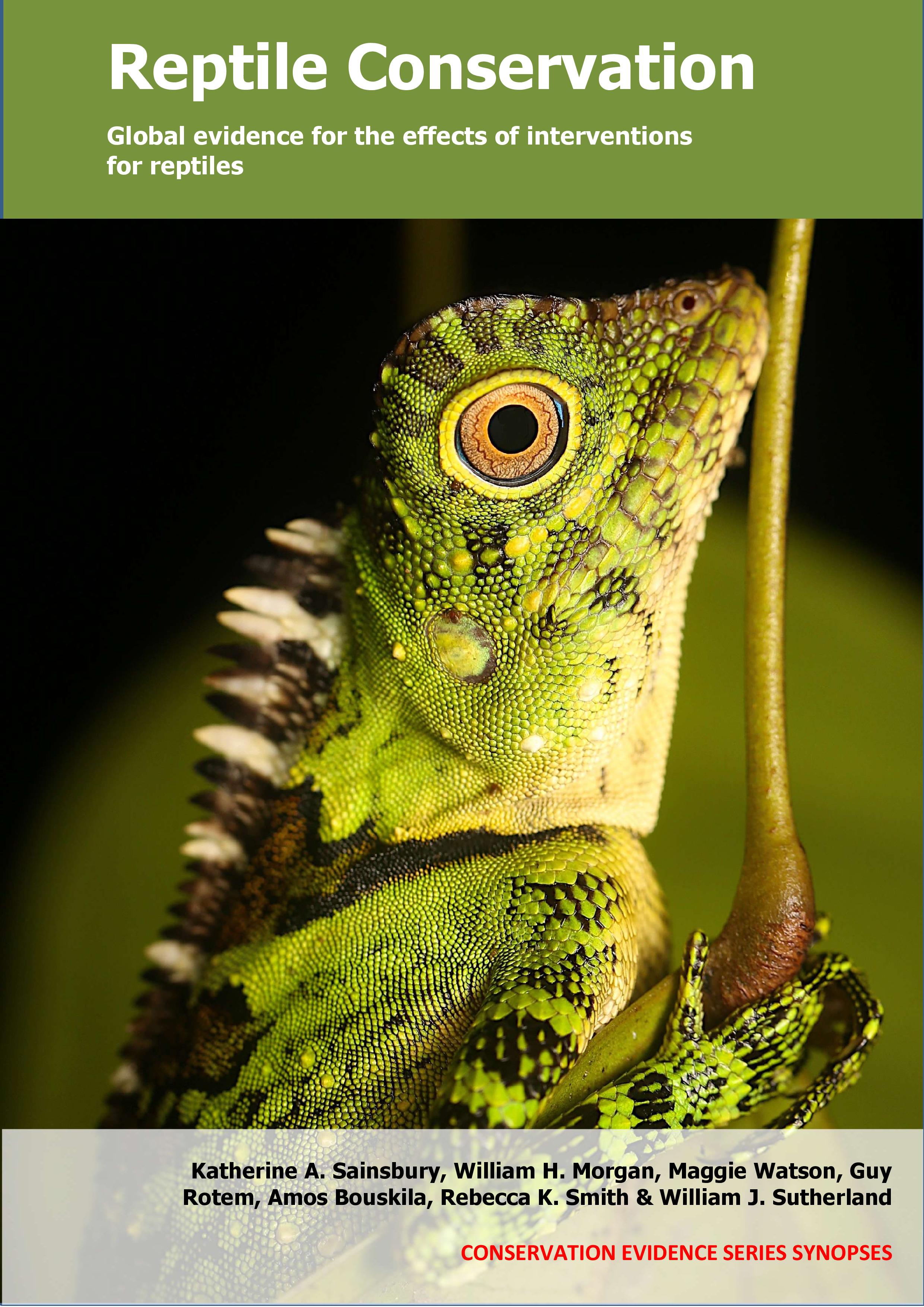Breed reptiles in captivity: Snakes – Elapids
-
Overall effectiveness category Awaiting assessment
-
Number of studies: 4
View assessment score
Hide assessment score
How is the evidence assessed?
-
Effectiveness
not assessed -
Certainty
not assessed -
Harms
not assessed
Study locations
Supporting evidence from individual studies
A study in 1971–1979 at The Royal Melbourne Zoo, Australia (Banks 1983) reported that western brown snakes Pseudonaja nuchalis and eastern brown snakes Pseudonaja textillis bred successfully in captivity. One western brown female produced 37 eggs over three years, 15 of which hatched successfully. Eight hatchlings were lacking one or both eyes, and two that were retained survived at least 2–3 years. Three eastern brown females produced 69 eggs over five years, 18 of which hatched successfully. Incubation duration for western browns was 52 days at 30°C and 59–64 days at 28°C, and for eastern browns it was 40–42 days at 30–31°C and 49–52 days at 28°C. Newly laid eggs were collected and placed in vermiculite-filled containers for incubation.
Study and other actions testedA study in 1973–1982 in Australia (Charles et al. 1983) reported that Collett's snakes Pseudechis colletti bred successfully in captivity. One female produced five clutches in seven years, and two other females produced one clutch each in one year (7–14 eggs/clutch). Five of seven (71%) and 13 of 14 (93%) eggs from the latter two clutches hatched successfully. No hatching data is reported for the five clutches produced by one female. Incubation periods ranged from 56–70 days. Three female and four male snakes were acquired during the 1970s and early 1980s and placed together in pairs at ambient temperatures. Eggs were incubated in damp vermiculite (50% water by weight) at temperatures of 27–30°C or 29.5–32°C.
Study and other actions testedA study in 1971–1977 in New South Wales, Australia (Hay & Magnusson 1986) reported that two generations of Australian death adders Acanthophis antarcticus bred successfully in captivity. For three years the wild-caught pair did not reproduce, but in 1971–1977, the snakes and their offspring produced 12 litters of 17–25 young. At least four litters came from the wild-caught snakes, and at least four came from their captive-born offspring. A total of 20 young from three litters were stillborn, and five undeveloped eggs were produced. Seven of eight litters that were sexed at birth had sex ratios skewed slightly towards females, with females making up 55% of young. In 1964–1966, a pair of adult death adders were acquired and after the original male died in 1971, a new male was introduced. Adders were housed in various aquaria (60 x 30 cm to 150 x 45 cm in size), with a substrate of gravel and leaf litter. All aquaria were exposed to ambient temperatures.
Study and other actions testedA study in 1996 at Madras Crocodile Bank, India (Whitaker et al. 2005) reported that three of four female king cobras Ophiophagus hannah laid eggs that hatched and survived in captivity. All four captive female king cobras laid a single clutch (16–37 eggs/clutch). In one clutch, none of the eggs were viable (0 of 18 eggs). In the remaining three clutches, 75–100% of eggs were viable (clutch a: 18 of 18 eggs viable, clutch b: 34 of 37 eggs viable, clutch c: 12 of 16 eggs viable). Hatching success of viable eggs ranged from 41–61% (clutch a: 11 of 18 eggs hatched, clutch b: 14 of 24 eggs hatched, clutch c: 5 of 12 eggs hatched). Twenty-six of 30 hatchlings survived at least one year in captivity. In 1996, Madras Crocodile Bank acquired four female and three male adult king cobras from Indian zoos or from government seizures from snake collectors. Snakes were housed in indoor enclosures (see original paper for husbandry details). Eggs were incubated individually on damp vermiculite substrate (1:0.8 vermiculite: water by weight) at temperatures of 27.5–33°C. Egg viability and hatching success was evaluated after emergence.
Study and other actions tested
Where has this evidence come from?
List of journals searched by synopsis
All the journals searched for all synopses
This Action forms part of the Action Synopsis:
Reptile Conservation
Reptile Conservation - Published 2021
Reptile synopsis





)_2023.JPG)














